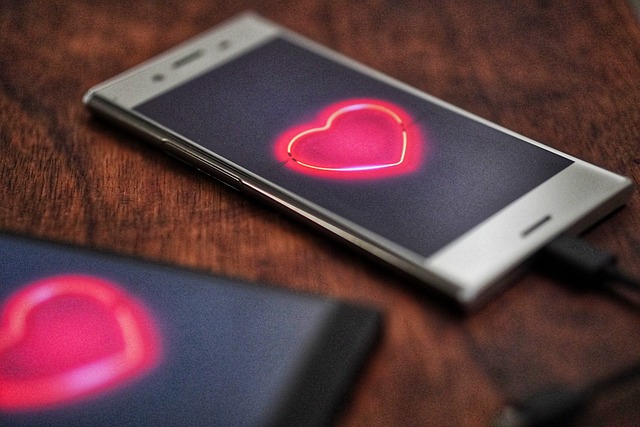Modern Dental Implant Solutions: Screw and Screwless Options
Dental implants have revolutionized tooth replacement, offering permanent solutions that look and feel natural. Modern implant technology includes both traditional screw-type implants and innovative screwless alternatives, each designed to restore your smile effectively. Understanding these options helps patients make informed decisions about their oral health needs.

Modern dental implant technology has transformed how we approach tooth replacement, providing durable and natural-looking solutions for missing teeth. Whether you’re considering traditional screw-type implants or exploring newer screwless alternatives, understanding these advanced treatment options is essential for making the right choice for your oral health.
Screwless Dental Implants: Modern Solutions for Tooth Replacement
Screwless dental implants represent an innovative approach to tooth replacement that eliminates the need for traditional screw mechanisms. These implants use alternative attachment methods, such as cement retention or friction-fit connections, to secure the prosthetic tooth to the implant post. The screwless design offers several advantages, including reduced mechanical complications and improved aesthetics since there’s no screw access hole visible on the crown surface. This technology is particularly beneficial for front teeth where appearance is paramount.
No-Screw Dental Implants: The Next Generation of Tooth Replacement Solutions
No-screw dental implant systems utilize advanced bonding techniques and specialized abutment designs to create secure connections without traditional screw mechanisms. These systems often incorporate features like tapered connections, internal hexagonal interfaces, or proprietary locking mechanisms that provide stability through precise engineering rather than threaded screws. The absence of screws can reduce the risk of screw loosening, a common complication in traditional implant systems, while also simplifying maintenance procedures for both patients and dental professionals.
Screw Dental Implants: A Modern Approach to Restoring Your Smile
Traditional screw-type dental implants remain the gold standard in implant dentistry, featuring titanium posts that are surgically placed into the jawbone and secured with precision-engineered screws. These implants have decades of clinical research supporting their effectiveness and longevity. The screw mechanism allows for retrievability, meaning the crown can be removed if adjustments or repairs are needed. Modern screw implants incorporate advanced surface treatments and materials that promote faster osseointegration and improved long-term stability.
Cost Considerations and Provider Options in Peru
Dental implant costs in Peru vary significantly based on the type of implant system, clinic location, and practitioner expertise. Understanding pricing structures helps patients plan their treatment effectively.
| Implant Type | Provider | Cost Estimation (PEN) |
|---|---|---|
| Traditional Screw Implants | Private Dental Clinics | S/2,800 - S/5,500 |
| Screwless Systems | Specialized Implant Centers | S/4,400 - S/7,300 |
| Premium Implant Brands | High-end Dental Practices | S/5,500 - S/9,100 |
| Public Health Facilities | Government Clinics | S/1,500 - S/2,900 |
Prices, rates, or cost estimates mentioned in this article are based on the latest available information but may change over time. Independent research is advised before making financial decisions.
Treatment Process and Recovery Expectations
The dental implant process typically involves several stages, beginning with comprehensive evaluation and treatment planning. Initial consultation includes X-rays, CT scans, and oral health assessment to determine candidacy for implant therapy. The surgical phase involves placing the implant post into the jawbone, followed by a healing period of 3-6 months for osseointegration. During this time, the bone grows around the implant, creating a stable foundation. The final restoration phase involves attaching the abutment and crown, completing the tooth replacement process.
Maintenance and Long-term Care
Proper maintenance is crucial for implant success regardless of the system type. Daily oral hygiene routines should include brushing with soft-bristled toothbrushes, flossing with implant-specific tools, and using antimicrobial mouth rinses. Regular dental checkups every six months allow for professional cleaning and monitoring of implant health. Avoiding hard foods, tobacco use, and teeth grinding helps preserve implant integrity. With proper care, both screw and screwless implant systems can last 20-30 years or longer.
Modern dental implant technology offers multiple solutions for tooth replacement, each with unique advantages suited to different patient needs. Whether choosing traditional screw-type implants or exploring innovative screwless alternatives, working with qualified dental professionals ensures optimal treatment outcomes and long-lasting results for your oral health investment.




